A common trend in superhero comics now a days is to take a famous, time tested heros such as captain america, green lantern, wolverine, or thor and making them either female, homosexual, or part of a minority group. People seem to think that minorities don’t have a big enough place in these fictional universes or aren’t represented enough, and to get that representation they need to take over the mantle of a big hero like that. But I tend to disagree. Why would one of those minorities have to take over the mantle of another hero to get big or respected? Wouldn’t it be much more respectable for them to become their own new hero and become just as big that way? That way we will have all our classic heroes people love as well as new ones to love without having to sacrifice anyone. I always thought that would be the best way to do things. For example, when John Stewart became very popular in the animated series they decided to replace Hal Jordan and put an African American in the Justice League. But the recent Green Lantern comics that include both Hal and John Stewart in my opinion are the most exciting, why do we have to sacrifice either one of them?
Turning Thor into a woman as well doesn’t really work to speak to womens strengths for me… Why does she have to take over the mantle of a man to prove herself instead of making a name for herself on her own? Doesn’t the fact that she has to take over the mantle that previously belonged to a man give a completely different message? A great example is Batwoman. Batwoman, Katy Kane, is a lesbian and became one of the greatest heroes ever, but she didn’t have to TAKE batman’s place, batman was still out there, she made a name for herself and became her own hero without ever kowtowing or playing nice with batman. If we truly want a diverse world and cast of characters,shouldn’t we let all these characters exist at the same time?
Now, if a character is truly killed off because the story requires it and its actually a good story that is completely different, to me it just often seems to be a marketing ploy to get new readers with no thought going to how to actually make it a good story. “Hey look we turned wolverine into a woman! look how edgy we are”, is what it seems like to me, like many other happenings in comics that are inspired more by the dollar sign than actually crafting an engaging story. There has to be a balance between these two extremes in order to have an engaging comic universe as well as to continue to collect the funds to keep the company going, and it is a fine line to walk.

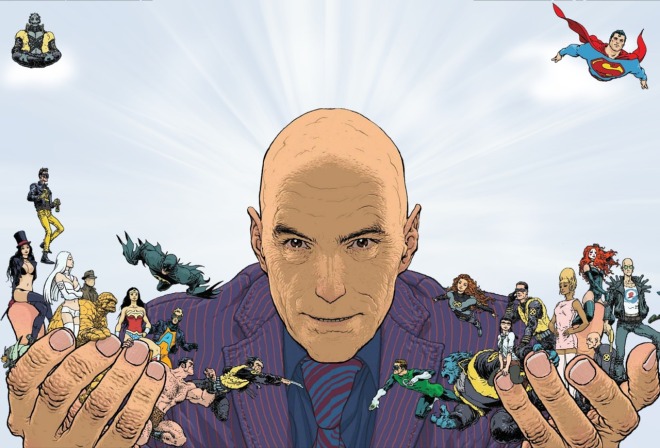
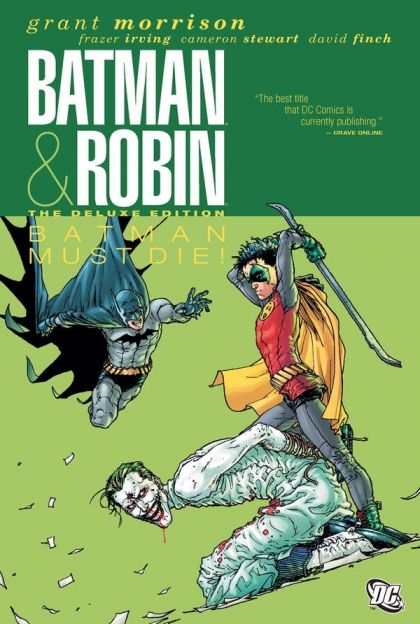





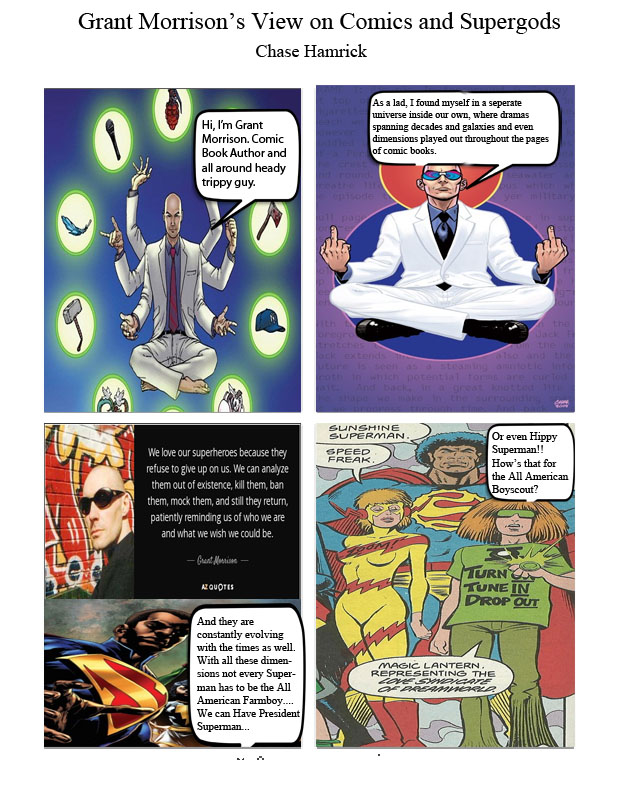
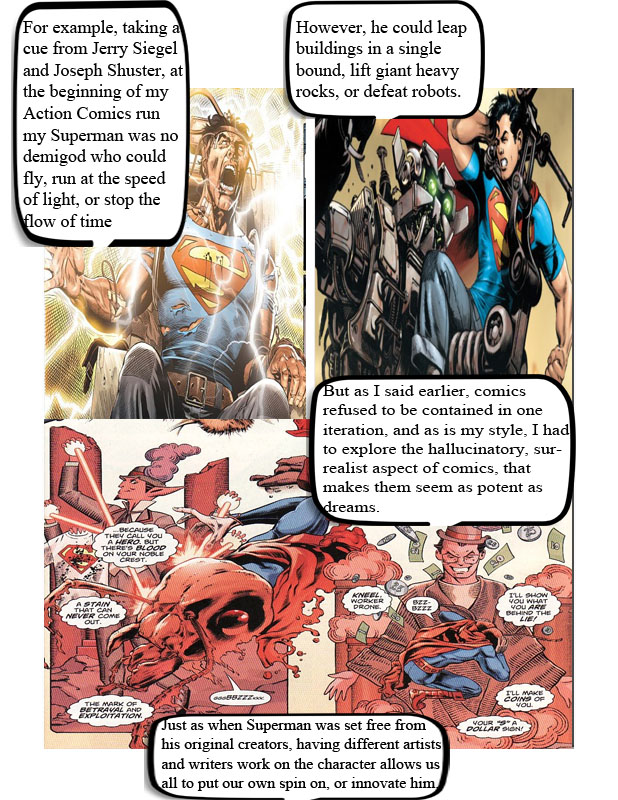
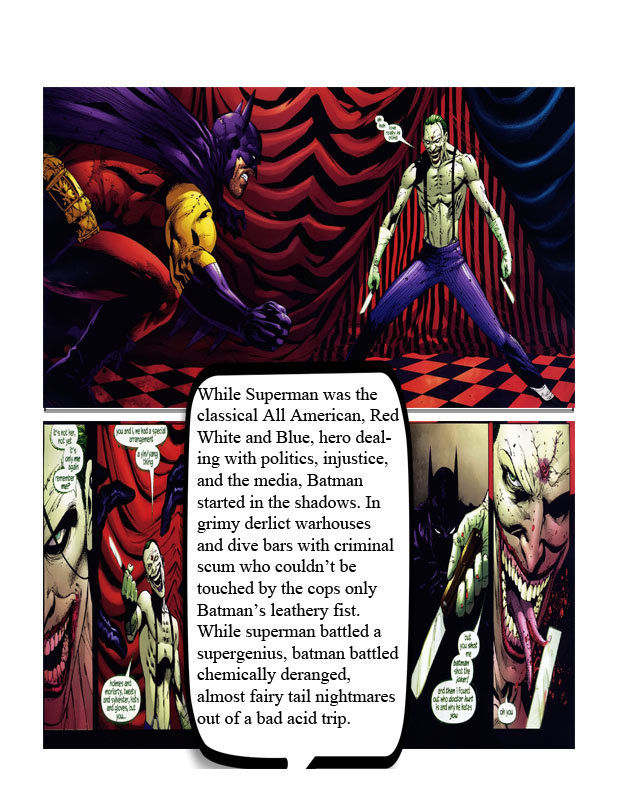
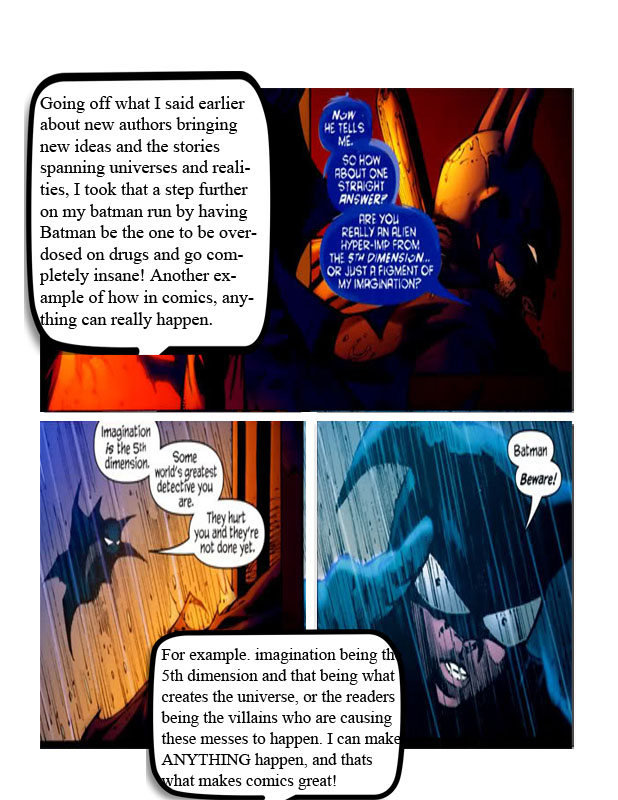
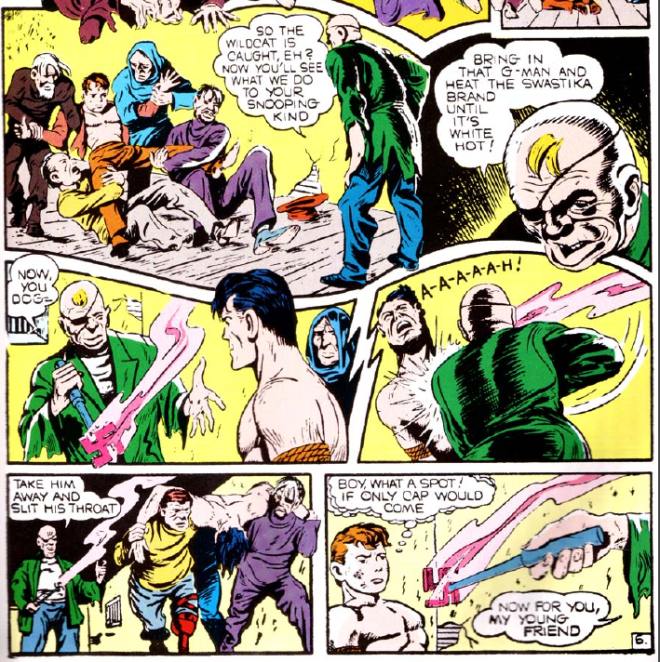
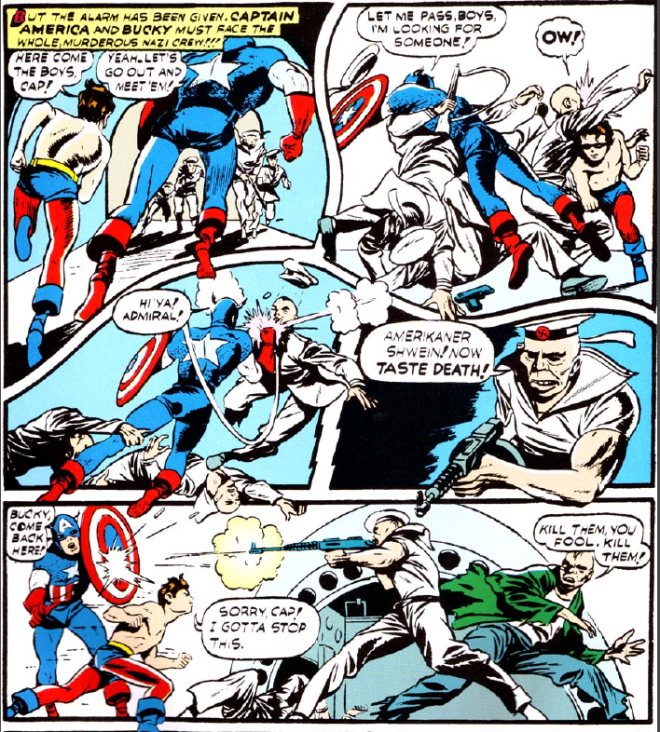
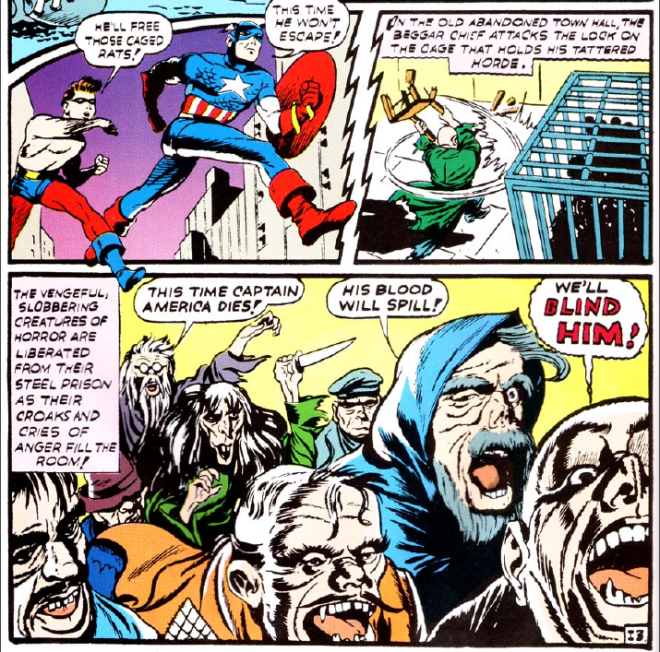
![josephcomp_zpsa1402721[1].jpg](https://whamrick3.wordpress.com/wp-content/uploads/2016/02/josephcomp_zpsa14027211.jpg?w=660)